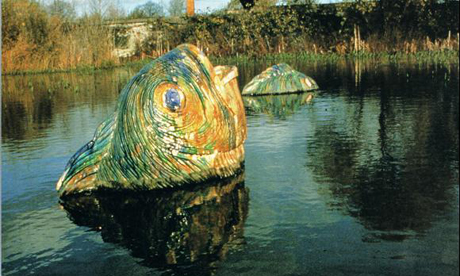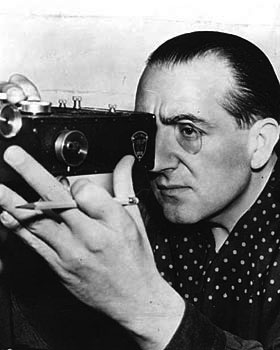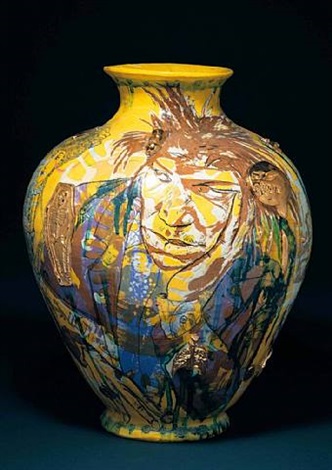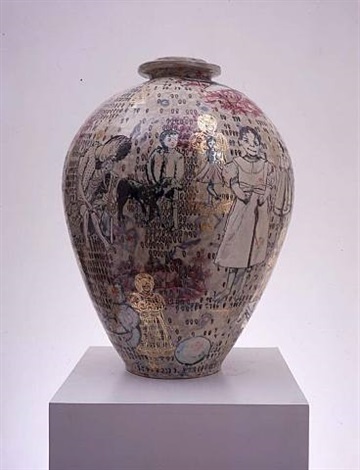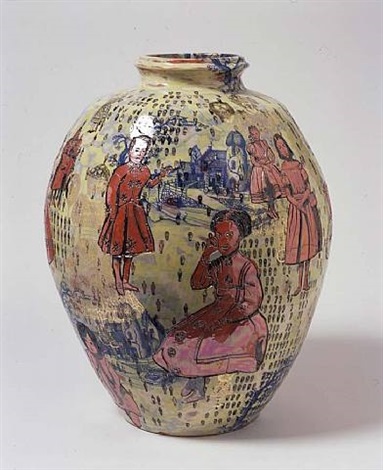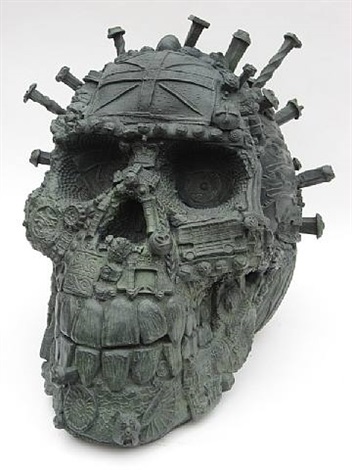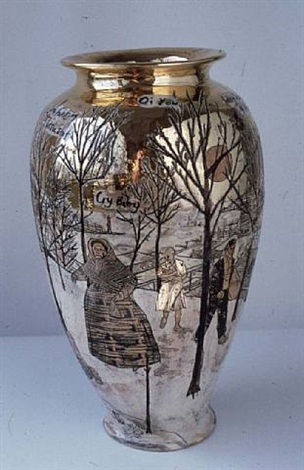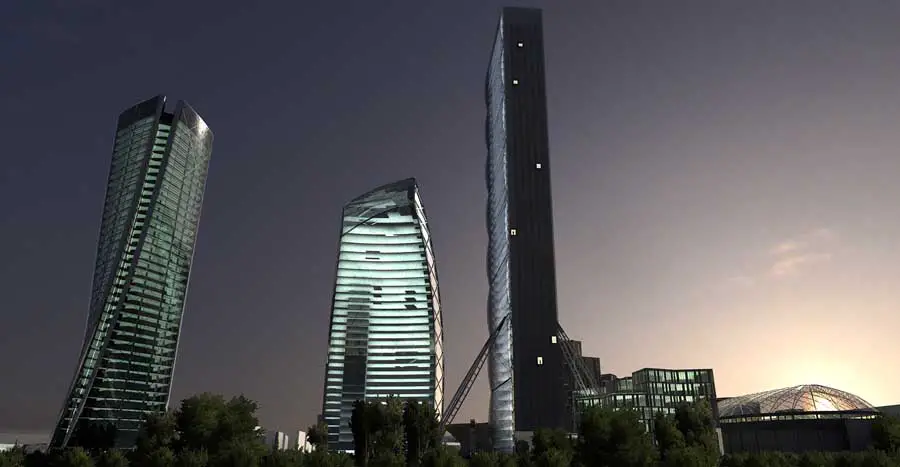 Peter Randall
Peter RandallPeter Randall is a British artist who was born on July 2nd, 1954. He is famously known for his unique sculptures. Also, Peter was part of the design team for the Education Resource Centre (The Core) at the Eden Project, this is also said to have influenced the overall design which also includes the large granite sculpture at the heart of Eden.
Examples of Peter's work:




Some things which have been said about his work work are think like the fact that his work "has always been informed and inspired by the study of organic form and the natural world. His beautiful, often deceptively simple, sculpture offers a unique insight into nature’s microcosm by gently teasing out and exploring fundamental elements on a macro scale.
By scrutinising the complicated systems and mathematical sequences that are the blueprint of growth and form much of Randall-Page’s work focuses on the tension and wonder of the symbiotic relationship between order and randomness".
Peter also says, "I am very interested in the idea of theme and variation, in natural phenomena as well as in music and visual art. Our universe seems to be driven by the dynamic tension between a ubiquitous tendency for spontaneous pattern formation, mitigated by an equally pervasive tendency for random variation. In fact, the evolutionary process itself can be seen as a result of these polarities. Theme without variation would be stasis and variation without theme is inconceivable chaos".
Both what was said about Peter's work and what he says about his own work pretty much sums up what I would say about his work but what I would like to add is that I really like his work because of its natural beauty. I really like the fact that although he is able to show the complexity of natures beauty, it is clear to show that it was very difficult to achieve. I also like the fact that his work can be placed anywhere within nature and would blend in perfectly because it is almost exactly how nature would have done it. There are not enough good things I could possibly say about his work. I would like to create a piece which would imitate Peter's accuracy of natures geometry because I feel that is what really gives his work the edge and I would like to have that same edge.







